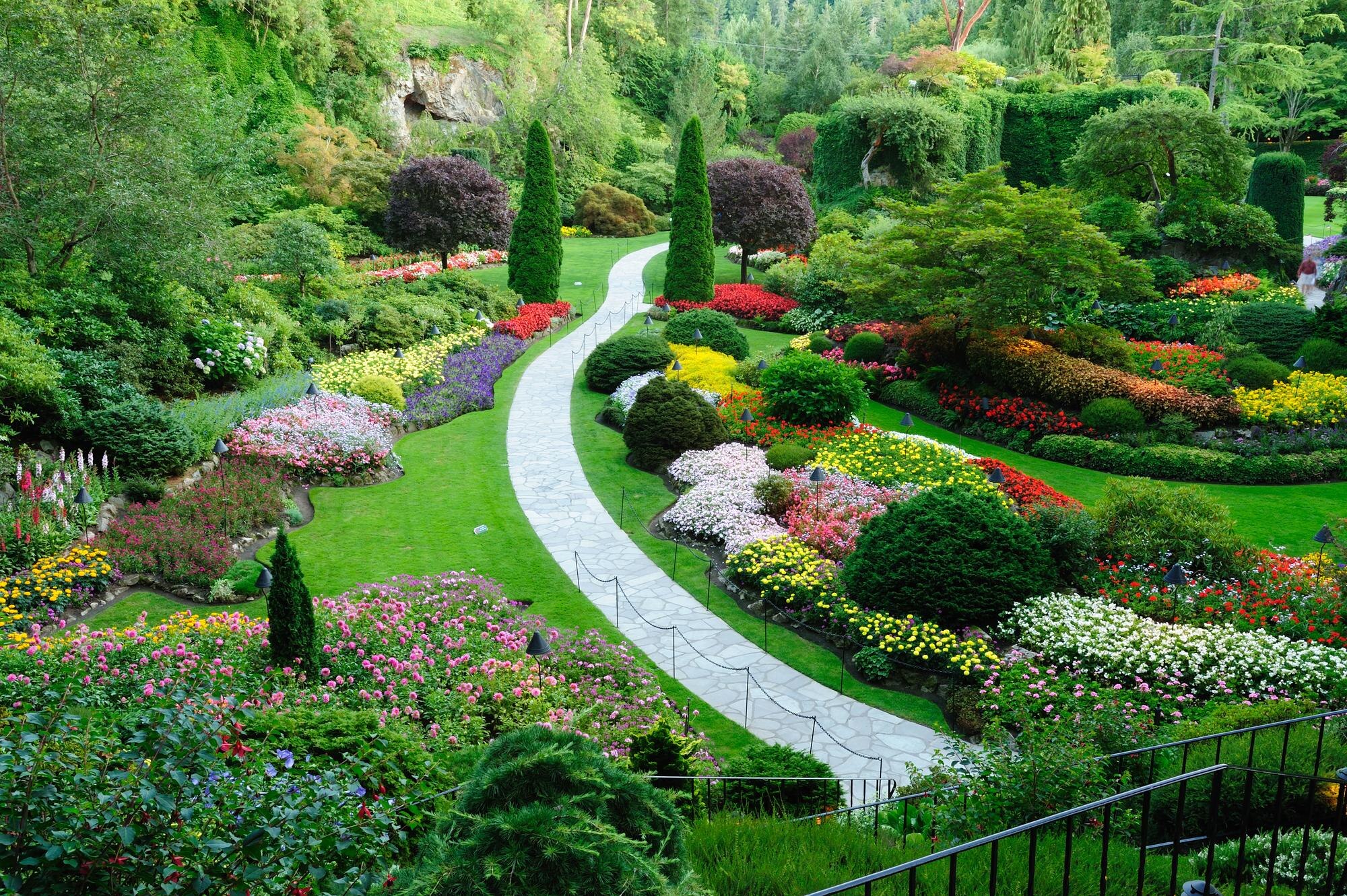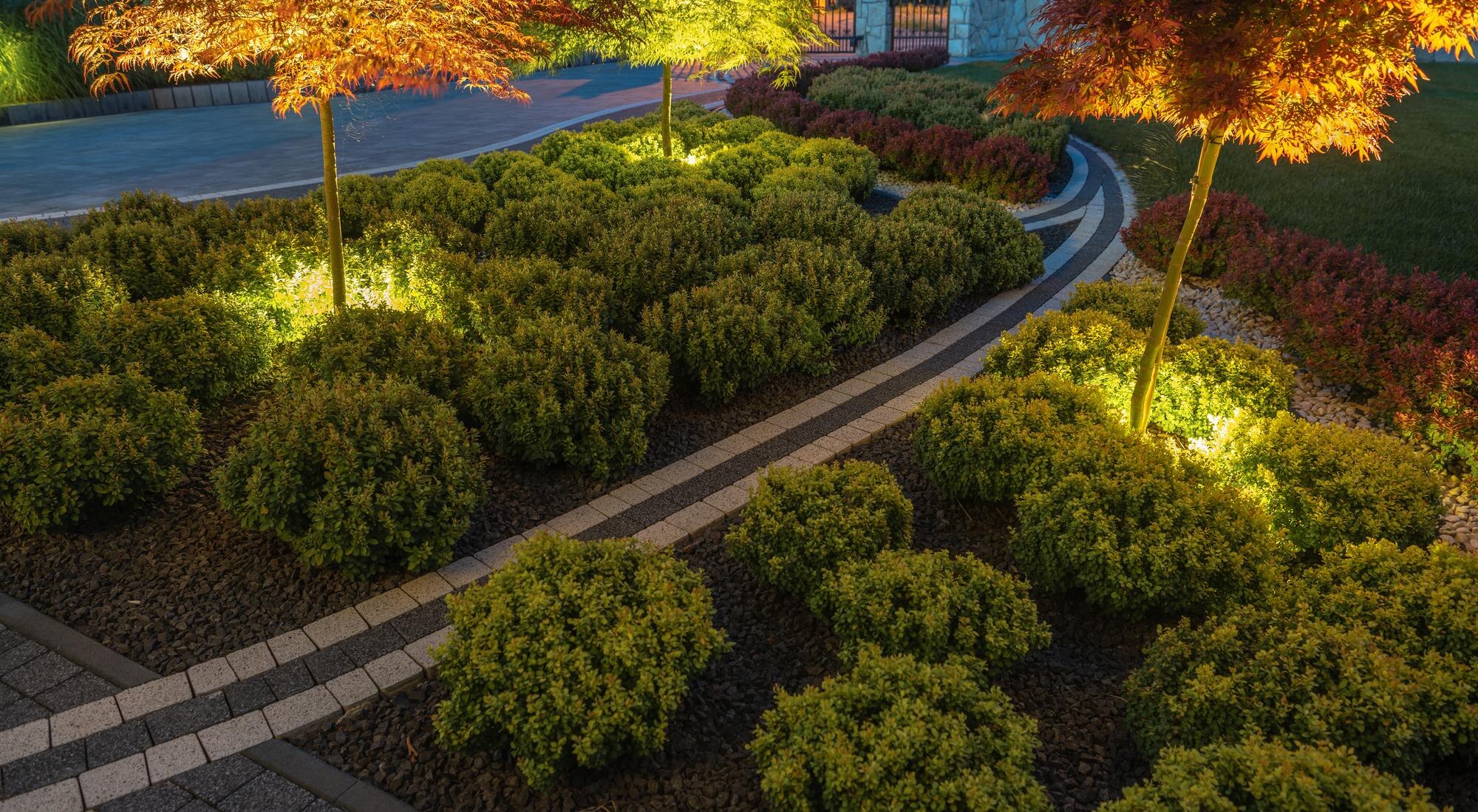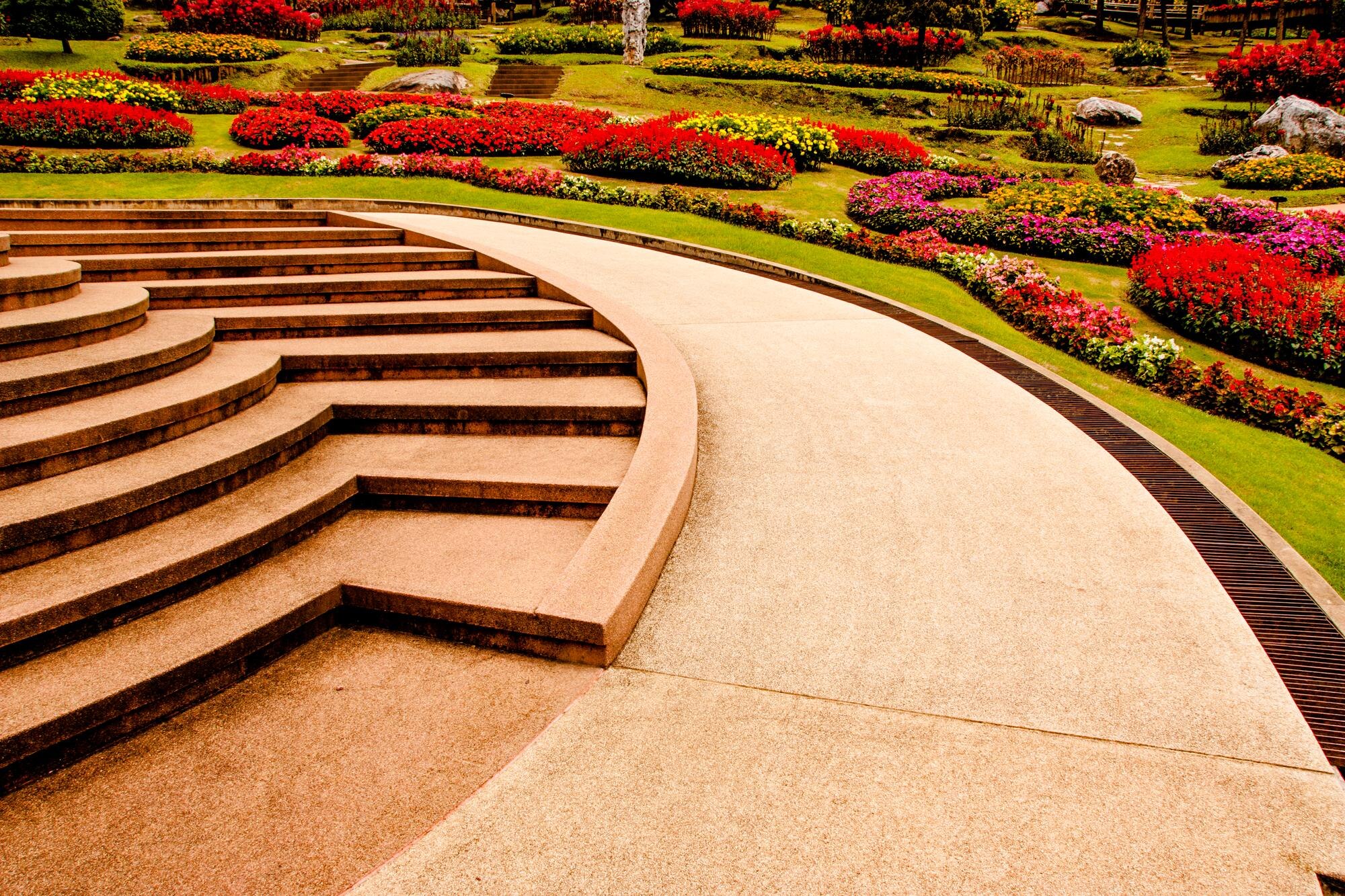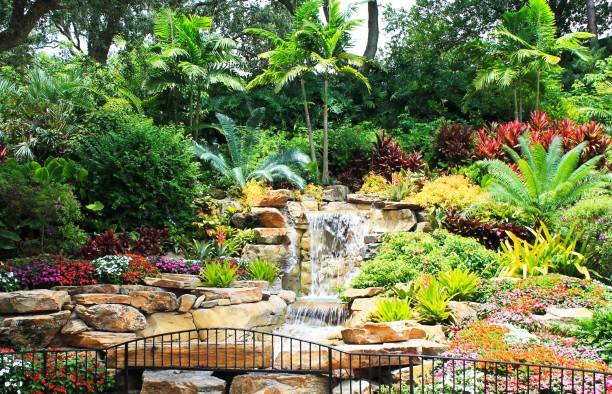The Art of Balancing Aesthetics and Durability in Commercial Landscaping

The Art of Balancing Aesthetics and Durability in Commercial Landscaping
Imagine walking through a lush, impeccably designed landscape that stands the test of time. That’s the magic of blending aesthetic appeal with durability in commercial landscaping. At Array Contracting Services, we know Kitchener-Waterloo properties deserve nothing less. Our team combines expert craftsmanship with quality materials to create landscape solutions that are both stunning and sturdy. Ready to see the difference? Schedule a consultation with us today and transform your commercial property into a masterpiece that lasts. For more insights, check out this article.## Aesthetic Appeal in Commercial Landscaping

Aesthetic appeal is crucial in commercial landscaping. It directly influences first impressions and brand perception. Thoughtful design can transform a commercial space into an inviting environment that reflects a company’s identity.
Importance of Visual Impact
The visual impact of a landscape can make or break a visitor’s first impression. A well-designed landscape becomes a powerful tool in attracting customers and enhancing employee satisfaction. Color, texture, and form must align to create a cohesive look.
-
Color Schemes: Choose colors that resonate with your brand. They should complement the building’s architecture.
-
Plant Selection: Use a variety of plants to create depth and interest.
-
Focal Points: Utilize sculptures or water features as focal points to draw attention.
According to Grassperson, strategic design can improve functionality while maintaining beauty. Hence, investing in visual appeal is not just about aesthetics but also about creating environments that people love being in.
Designing for Brand Identity
Landscaping can be an extension of a company’s brand identity. It communicates values and ethos to visitors and employees alike. The design should reflect the core principles of the business.
-
Brand Colors: Incorporate your brand’s colors into the landscape for consistency.
-
Architectural Harmony: Ensure the landscape complements the building’s architecture.
-
Cultural Elements: Include elements that reflect the cultural or historical context of the brand.
The Need for Build emphasizes the importance of integrating brand identity into landscape design to strengthen brand recognition. A tailored approach can enhance not only visual appeal but also create a memorable experience for visitors.
Ensuring Durability in Landscaping

Durability is as crucial as aesthetics in commercial landscaping. It ensures that the landscape remains functional and visually appealing over time, reducing maintenance costs and increasing sustainability.
Selecting Quality Materials
Selecting the right materials is essential for durability. Materials should withstand weather conditions and daily wear while maintaining their aesthetic appeal.
-
Weather Resistance: Choose materials that can endure local climate conditions.
-
Sustainability: Opt for sustainable materials to reduce environmental impact.
-
Cost-Effectiveness: Balance quality with budget considerations to ensure longevity.
Delk Management suggests that selecting quality materials can significantly extend a landscape’s life. Thoughtful material selection reduces long-term costs and enhances the property’s value.
Maintenance for Longevity
Proper maintenance is vital to ensure the landscape remains in top condition. Regular upkeep can prevent minor issues from becoming major problems.
Key Maintenance Practices:
-
Regular Inspections: Identify potential issues early.
-
Seasonal Care: Adjust maintenance routines according to seasonal changes.
-
Professional Services: Hire expert landscapers for specialized tasks.
As Millburn Landscape points out, consistent maintenance is necessary for longevity and visual appeal. Preventative measures save money and preserve the landscape’s beauty over time.
Combining Aesthetics and Durability

Creating a landscape that balances aesthetics and durability requires thoughtful planning and execution. This balance ensures a space is both beautiful and functional for years to come.
Creating Balanced Designs
Balanced design integrates aesthetic elements with durable features. It requires a strategic approach to achieve harmony.
-
Design Planning: Prioritize elements that offer both visual and functional benefits.
-
Material Integration: Combine durable materials with aesthetically pleasing features.
-
Adaptive Design: Plan for future adaptability to accommodate changing needs.
Grassperson highlights the importance of balancing beauty with functionality in high-traffic areas. This approach not only enhances the user experience but also ensures the landscape’s effectiveness over time.
Case Studies of Success 🌿
Successful landscapes often serve as models for balancing aesthetics and durability. Examining these cases offers valuable insights.
Case Study: Local Business Park
-
Challenge: Needed a welcoming space that could handle heavy foot traffic.
-
Solution: Used durable materials for pathways and integrated native plants for low maintenance.
-
Outcome: Achieved a visually appealing and sustainable environment.
Case Study: Urban Office Complex
-
Challenge: Combine modern aesthetics with historical architecture.
-
Solution: Blended contemporary sculptures with traditional garden layouts.
-
Outcome: Enhanced brand identity while respecting historical context.
Such examples, as discussed by Millburn Landscape, demonstrate the effectiveness of combining aesthetics with durability in creating lasting impressions and functional spaces. 🌟

